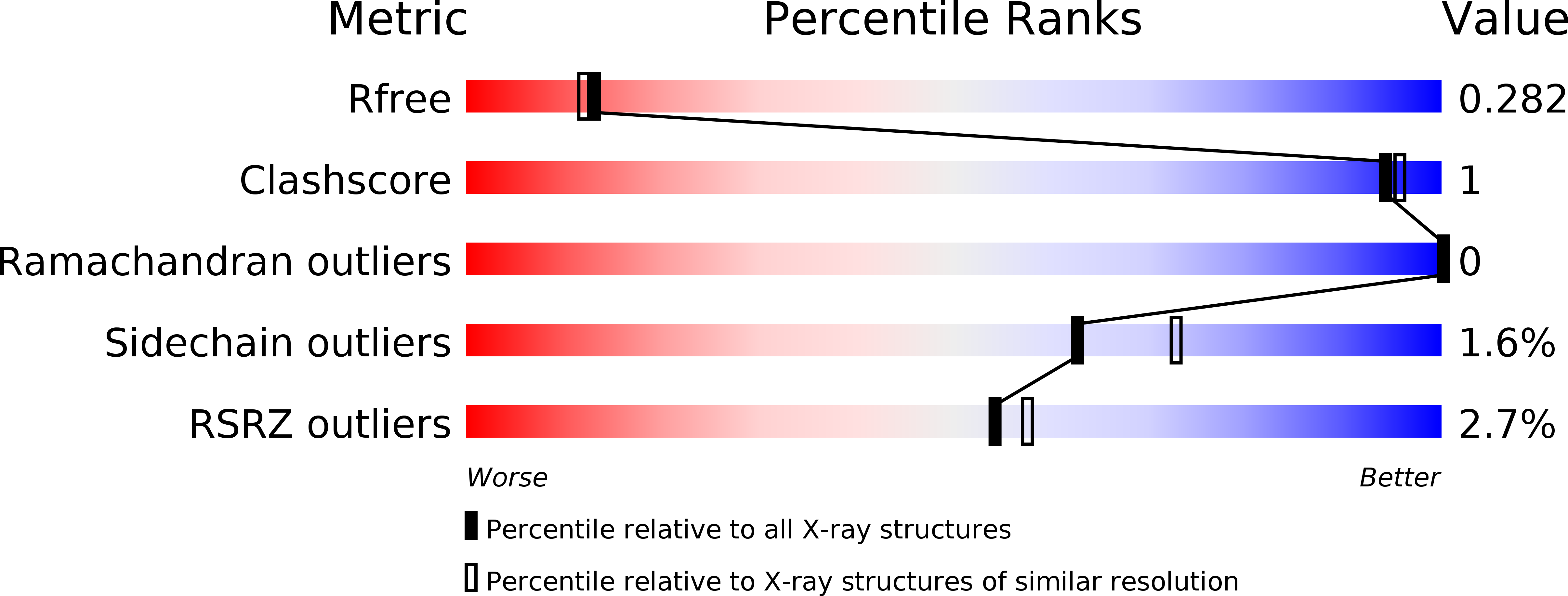
Deposition Date
2018-11-09
Release Date
2019-12-18
Last Version Date
2024-01-24
Entry Detail
PDB ID:
6I4A
Keywords:
Title:
Structure of P. aeruginosa LpxC with compound 18d: (2R)-N-Hydroxy-4-(6-((1-(hydroxymethyl)cyclopropyl)buta-1,3-diyn-1-yl)-3-oxo-1H-pyrrolo[1,2-c]imidazol-2(3H)-yl)-2-methyl-2-(methylsulfonyl)butanamide
Biological Source:
Source Organism:
Pseudomonas aeruginosa LESB58 (Taxon ID: 557722)
Host Organism:
Method Details:
Experimental Method:
Resolution:
2.25 Å
R-Value Free:
0.28
R-Value Work:
0.22
Space Group:
P 1 21 1


